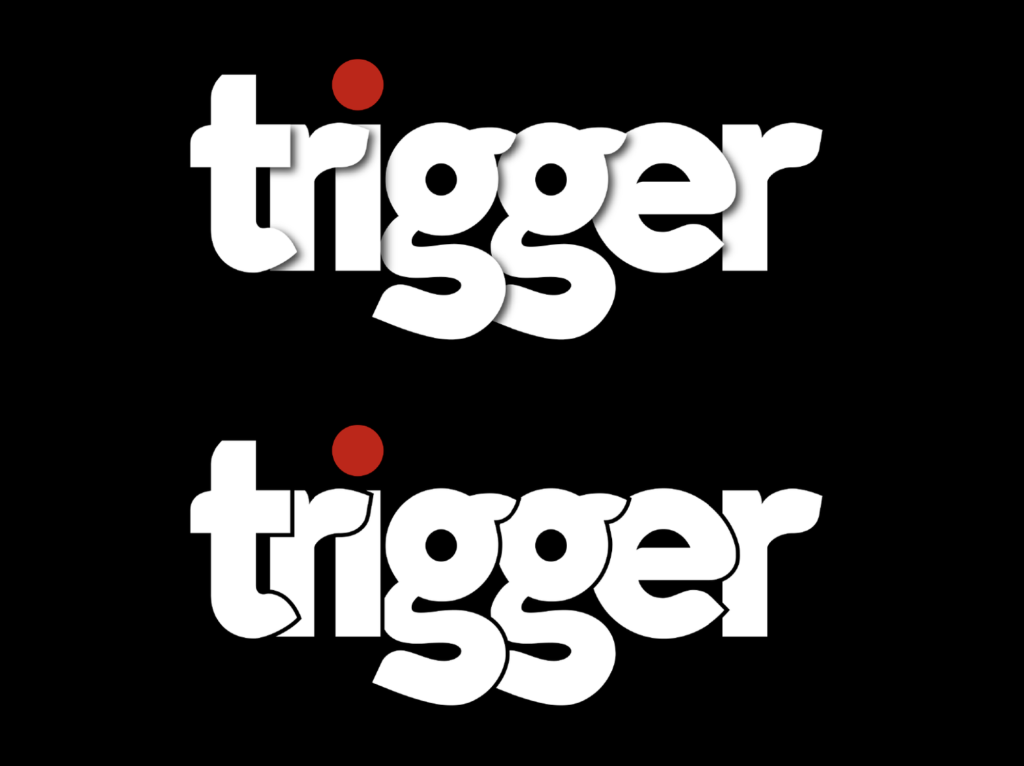The definition of trigger points remains a contentious issue within the medical community, particularly within the realms of pain relief and management. Trigger point therapy in London has been gaining traction as an effective treatment modality, with practitioners like Ben Pianese making significant strides in this field. As a reputable trigger point therapist in London, Ben Pianese specialises in providing the best trigger point massages in the city.
With a deep understanding of trigger point therapy, Ben offers tailored treatments that address the unique needs of each individual, helping them find relief from muscle knots and chronic pain. The definition of trigger points is still a hotly debated topic in the medical world, especially in fields concerning pain relief and management. Even those already practising or who have a special interest in trigger point therapy admit that there is a massive need for more medical data and research for this treatment modality.

Expert trigger point therapy with Ben Pianese
The demand for trigger point therapy in London continues to rise as more physicians and healthcare professionals acknowledge the positive results achieved through trigger point massage and associated techniques. The efficacy of trigger point therapy has been instrumental in providing long-term pain relief and improving overall well-being for many individuals. By tapping into the expertise of a skilled trigger point therapist like Ben Pianese, individuals in London can access top-notch trigger point massages that can alleviate muscle tightness, tension, and discomfort.
For those seeking the best trigger point massages in London, Ben Pianese is a trusted therapist dedicated to enhancing his clients’ health and wellness. Through specialised trigger point therapy sessions, Ben helps individuals experience the benefits of targeted muscle release and relaxation, leading to improved mobility and reduced pain levels. If you are in search of expert trigger point therapy in London, consider booking a session with Ben Pianese to discover the transformative effects of this holistic approach to pain relief.

What is a trigger point?
Understanding trigger points and trigger point therapy
A trigger point is a specific point within a muscle that triggers or refers pain to other body areas. For example, a trigger point in the neck could cause persistent headaches or even toothaches. Conversely, neck pain may stem from a trigger point located in the back. While pain may manifest at the trigger point itself, it typically radiates to referral points in more than 70% of cases.
Characteristics of tender points include knots or taut bands in the muscle that are sensitive to pressure. Applying pressure to a trigger point can intensify pain in both the trigger point and the referral areas. Beyond pain, trigger points can lead to additional symptoms such as muscle weakness, reduced mobility, sweating, dizziness, coordination issues, fatigue, urinary problems, and incontinence.
Research has shown that trigger points may develop spontaneously without a clear cause, becoming a natural aspect of muscular function. Factors contributing to trigger point formation include acute or repetitive muscle trauma, sedentary lifestyles, joint issues, sleep disturbances, nutritional deficiencies, and muscle overload.
To address trigger points, trigger point therapy aims to stretch and relax the contracted muscle fibres that create the knots. This therapy works towards deactivating trigger points, offering relief from pain and associated symptoms. Even after just one session, patients often notice a significant reduction in pain. Regular sports massages and other trigger point therapy techniques can further enhance the pain-relieving benefits, particularly for persistent conditions.
Exploring the benefits of trigger point therapy in London
Pressure point therapy holds a paramount position in the realm of pain relief and management, yet the intricate nature of trigger points remains a contentious subject within the medical community. The remarkable effectiveness witnessed by trigger point therapy specialists underscores the critical need for continuous research in this domain. Delving into the intricacies of trigger points and trigger point therapy provides a distinctive opportunity to unveil enduring and efficient remedies for chronic pain. These trigger points, which are precise locations within muscles provoking pain referral to different body regions, play a pivotal role in pain management. The combination of myofascial trigger point self-treatment and expert trigger point therapy offers viable solutions for individuals grappling with active or dormant trigger points.

What does pressing on trigger points do?
Pressing on trigger points stimulates specific areas within the muscle, causing pain sensations and referred pain in other body parts. This heightened sensitivity and tenderness provide valuable diagnostic insights into the presence of trigger points and their potential impact on overall muscle function.
Causative factors
Sensitive points can manifest spontaneously, emerging as inherent components of muscular function. However, various factors contribute to the development of trigger points, including acute or repetitive muscle trauma, sedentary lifestyles, joint issues, sleep disturbances, nutritional deficiencies, and excessive muscle strain. Identifying these causative factors is vital in developing personalised treatment plans to address trigger point-related pain effectively.
Treatment methods
Pressure point release therapy aims to alleviate pain and restore muscle function by targeting and releasing the contracted muscle fibres responsible for trigger points. Therapists utilise various techniques, such as massage therapy, chiropractic adjustments, and acupuncture, to deactivate trigger points and facilitate pain relief and improved mobility. Combining myofascial trigger point self-treatment practices with professional trigger point therapy sessions can expedite the recovery process and enhance treatment outcomes.
To treat or not to treat: The utility of trigger point therapy
Massage point therapy offers a versatile and practical approach to managing various conditions, including headaches, temporomandibular joint pain, osteoarthritis, lower back pain, tinnitus, carpal tunnel syndrome, sciatica, heel pain, Parkinson’s disease, and shoulder pain. Whether seeking relief from acute discomfort or chronic musculoskeletal issues, integrating trigger point therapy into a comprehensive treatment plan can foster holistic healing and enhanced well-being.
Delving into trigger points and trigger point therapy illuminates the complexities of pain modulation and unveils a promising avenue for promoting lasting pain relief and improved quality of life. Embracing the benefits of trigger point therapy in London opens doors to transformative healing experiences and long-term wellness.
The mechanics
Trigger point treatment focuses on releasing these hyperirritable points to relieve pain, restore muscle function, and enhance joint biomechanics. Therapists utilise massage therapy, chiropractic adjustments, and acupuncture to deactivate tender points and restore optimal muscle function.

Conditions treated by trigger point therapy
An array of conditions can be effectively managed with release point therapy, including:
- headaches,
- temporomandibular joint pain,
- osteoarthritis,
- lower back pain, tinnitus,
- carpal tunnel syndrome,
- sciatica, heel pain,
- Parkinson’s disease and shoulder pain.
How does trigger point therapy work?
The combination of techniques used in pressure point therapy targets the root cause of muscle knots and promotes the relaxation of contracted muscle fibres. By improving circulation and restoring optimal muscle function, trigger point therapy facilitates the release of endorphins, reducing pain and improving overall well-being.
What to expect during your first treatment?
During your initial session, the therapist will assess your condition and guide you through various treatment and stretching positions tailored to your specific trigger points. While trigger points may be sensitive, therapy sessions aim to keep pain levels manageable and gradually reduce discomfort over time.
Are release trigger therapy sessions painful?
It is common for trigger points to be sensitive, leading to some level of discomfort during treatment. Therapists generally aim to keep the pain intensity from five to seven on a scale of 0 to 10. If the pressure applied to the trigger points becomes too intense, you have the option to request your therapist to adjust the pressure accordingly.
Over time, through multiple therapy sessions, you may observe a decrease in the pain experienced, even when the pressure remains consistent.
Self-care Practices to Complement Therapy
In addition to professional treatment, self-care techniques such as self-massage and trigger point exercises can enhance the effectiveness of sensitive point therapy. For conditions like fibromyalgia, therapeutic massage and relaxation techniques can provide relief, while specific exercises and tools like the massage gun can target points in areas like the neck and shoulders.
Achieving freedom from pain
By embracing a holistic approach that combines trigger point therapy with self-care practices, individuals can experience lasting relief, improved mobility, and enhanced quality of life. Pressure point therapy offers a transformative path to alleviating pain, restoring muscle function, and promoting overall well-being.
Conclusion
In conclusion, effectively managing trigger point sensitivity is crucial in trigger point therapy sessions to promote pain relief and reduce discomfort. Addressing specific trigger points, such as fibromyalgia trigger points, myofascial trigger points, sciatica trigger points, trapezius trigger points, and neck trigger points, is essential using targeted massage techniques. Understanding how to massage trigger points related to various conditions can significantly improve treatment outcomes and overall well-being. Individuals can achieve significant relief and better results by managing trigger point sensitivity and reducing discomfort during therapy sessions. Integrating these strategies into sensitive point therapy can enhance mobility, relaxation, and improve quality of life for those seeking relief from chronic pain and tension.
Trigger points, especially fibromyalgia trigger points or myofascial trigger points, can cause discomfort during therapy sessions, underscoring the importance of managing trigger point sensitivity for effective treatment. Knowledge of how to massage sciatica trigger points can be beneficial in alleviating pain and enhancing mobility. Targeted therapy for areas like the trapezius or neck trigger points is essential for releasing tension and promoting relaxation. Seeking pain relief through trigger point therapy is a shared objective for individuals aiming to diminish discomfort during treatment sessions. Professional therapists can assist clients in achieving relief and improving well-being through the effective management of trigger point sensitivity and by addressing specific points like fibromyalgia or myofascial trigger points.
